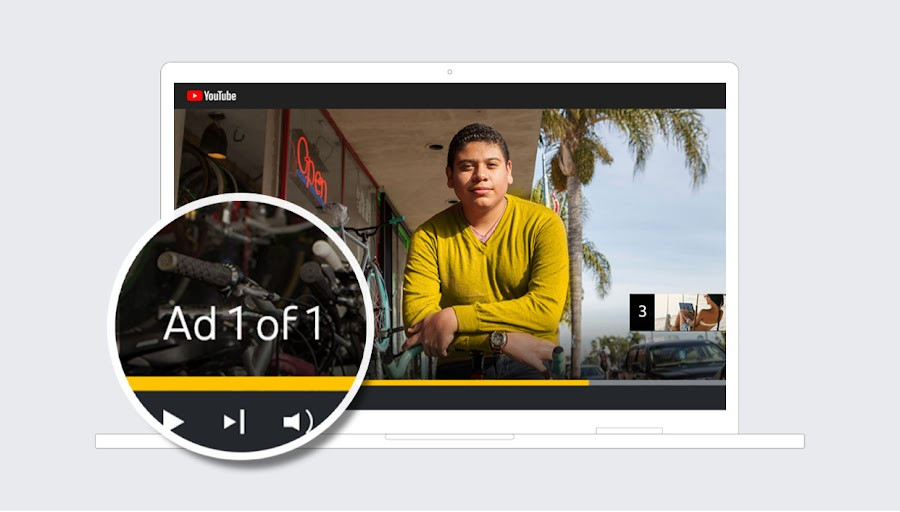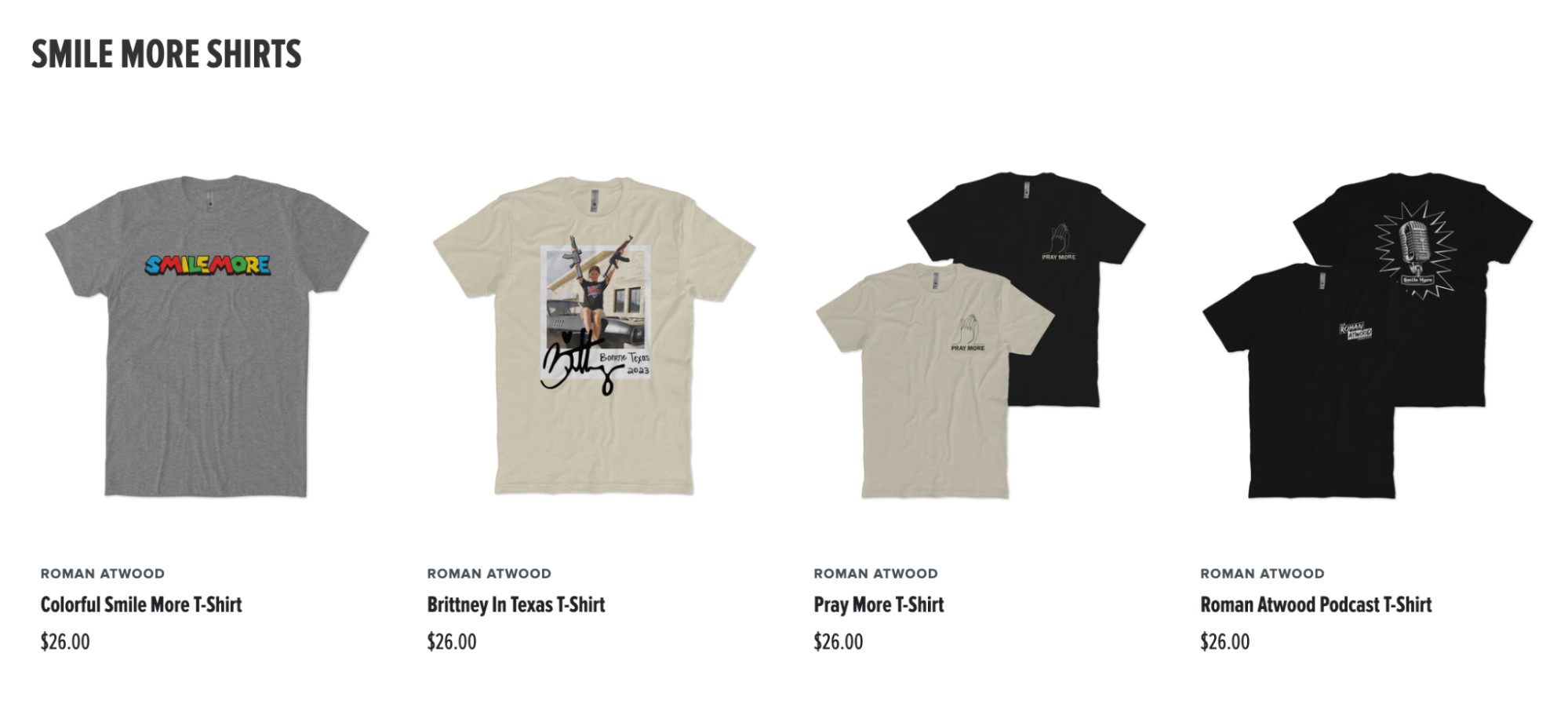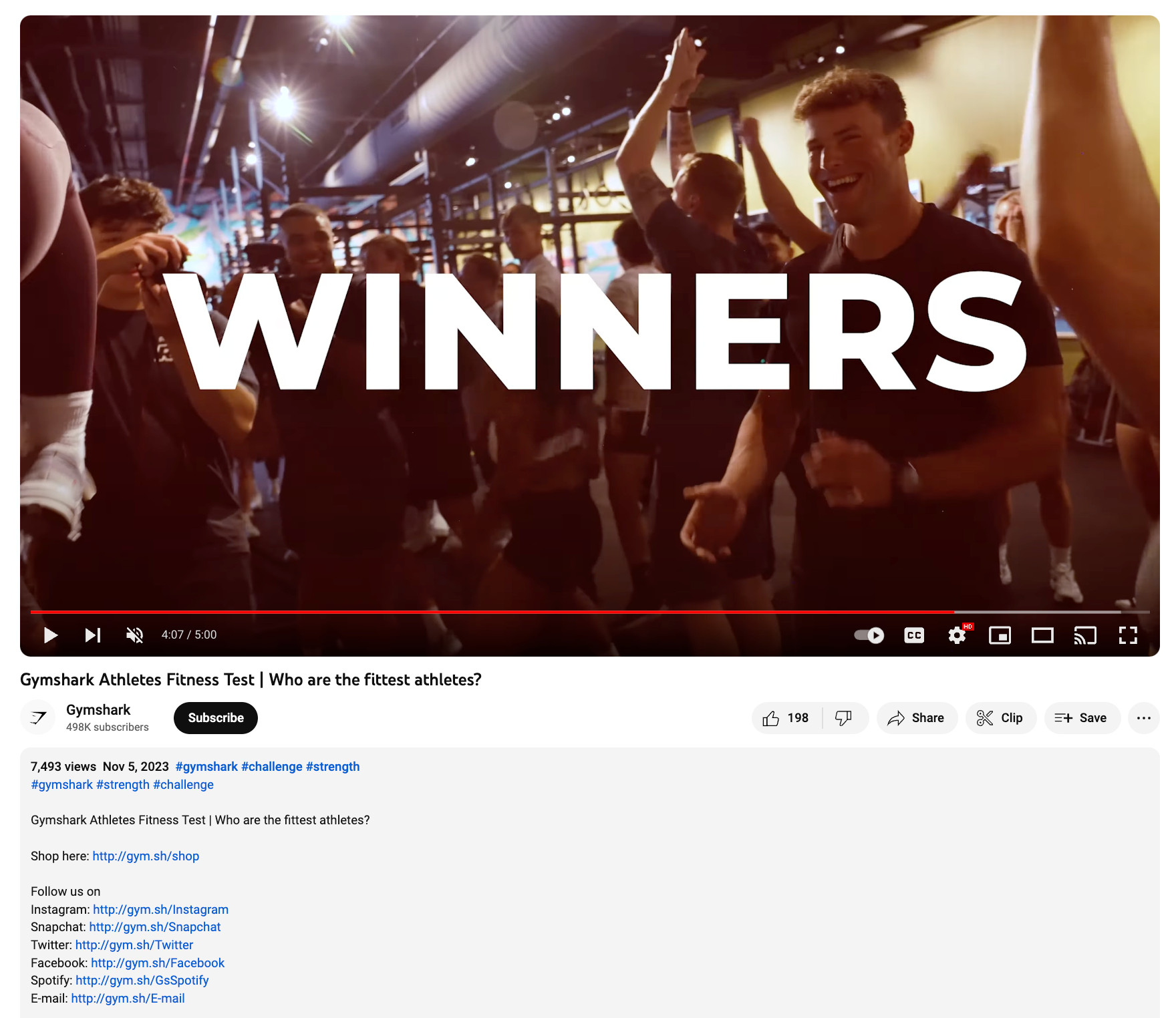How many views on YouTube to make money is a common question for aspiring content creators looking to monetize their videos and earn revenue through digital content creation; at money-central.com, we provide you with proven strategies for building a successful channel and maximizing your earning potential. Unlock your potential by diversifying income streams, from ad revenue to affiliate marketing and sponsored content, and start your journey to financial freedom today. Explore innovative strategies, content monetization, and digital entrepreneurship to amplify your financial gains.
1. Understanding YouTube Monetization
The YouTube Partner Program (YPP) is the gateway to earning money on YouTube. Becoming a member allows creators to tap into various revenue streams, including ads, YouTube Premium subscriptions, channel memberships, and merchandise sales.
1.1. Joining the YouTube Partner Program
To become eligible for the YPP, your channel must meet specific criteria:
- 1,000 Subscribers: You need at least 1,000 subscribers on your channel.
- Watch Hours or Shorts Views: Achieve either 4,000 valid watch hours in the past 12 months or 10 million Shorts views in the last 90 days.
- Compliance with YouTube Policies: Adhere to YouTube’s monetization policies and community guidelines.
- Location: Reside in an eligible region.
Once you meet these requirements, you can apply through YouTube Studio.
1.2. Revenue Streams within the YPP
As a member of the YPP, you can generate income through:
- Ad Revenue: Earn money from ads displayed on your videos.
- YouTube Premium Revenue: Receive a portion of revenue from YouTube Premium subscribers who watch your content.
- Channel Memberships: Offer exclusive perks to viewers who pay a monthly fee.
- Super Chat & Super Stickers: Allow viewers to purchase highlighted messages during live streams and premieres.
- YouTube Shopping: Sell merchandise directly from your channel.
1.3. Alternative Monetization Methods
Even without the YPP, you can still monetize your YouTube channel through:
- Affiliate Marketing: Partner with brands and earn commissions by promoting their products.
- Sponsored Content: Collaborate with brands to create sponsored videos or product reviews.
- Selling Merchandise: Offer branded merchandise to your audience through platforms like Shopify.
2. Calculating Views and Earnings
The relationship between views and earnings on YouTube is not straightforward. Several factors influence how much money you can make per view.
2.1. Average Earnings per 1,000 Views
On average, a YouTube channel can earn between $2 to $25 per 1,000 views. This varies based on:
- Niche: Certain niches, like finance, technology, and business, tend to have higher CPMs (cost per mille) and RPMs (revenue per mille).
- Audience Demographics: The location and demographics of your audience impact ad rates.
- Ad Engagement: Revenue is generated when viewers click on ads or watch them in full.
According to research from New York University’s Stern School of Business, channels focusing on financial literacy have seen a 30% higher CPM compared to entertainment channels as of July 2025.
2.2. Factors Influencing Ad Revenue
- CPM (Cost Per Mille): This is the amount advertisers pay for 1,000 ad impressions. Higher CPMs mean more revenue per view.
- RPM (Revenue Per Mille): This is the actual revenue you receive per 1,000 views after YouTube takes its share.
The formula to calculate RPM is:
RPM = (Estimated Earnings / Number of Views) x 1000For example, if you earn $150 from 50,000 views, your RPM would be $3.
RPM = ($150 / 50,000) x 1000 = $32.3. YouTube’s Share of Ad Revenue
YouTube retains a portion of the ad revenue generated on the platform. For standard videos, YouTube keeps 45% of ad revenue, while creators receive 55%. For Shorts, creators receive 45% of the total ad revenue pool, which is then distributed based on their share of Shorts views.
 YouTube Ad Revenue Split
YouTube Ad Revenue Split
3. Real-World Examples of YouTube Earnings
Examining real-world examples can provide insights into how much YouTubers earn.
3.1. High-Earning YouTubers
Top YouTubers like MrBeast can earn millions of dollars each year. These high earners typically have diversified revenue streams, including merchandise sales, sponsorships, and strategic partnerships.
MrBeast, known for his viral challenges and philanthropic endeavors, earned an estimated $54 million in 2021.
3.2. Mid-Range YouTubers
Smaller channels can also generate significant income. For example, Justine Leconte, who offers fashion and style advice, earns an estimated $259,304 annually based on ad revenue alone.
According to Influencer Marketing Hub’s YouTube Money Calculator, Justine earns an average of $979 per video.
3.3. Micro-Influencers
Even micro-influencers with smaller but highly engaged audiences can earn a living. A channel with 10,000 to 50,000 subscribers can generate income through:
- Affiliate Marketing: Promoting products and earning commissions.
- Sponsored Content: Partnering with brands for sponsored videos.
- Selling Digital Products: Offering online courses, e-books, or templates.
4. Maximizing Revenue on YouTube
To maximize your revenue on YouTube, focus on building a strong audience, creating high-quality content, and diversifying your income streams.
4.1. Building a Loyal Audience
- Engage with Viewers: Respond to comments, ask for feedback, and create a community around your channel.
- Consistency: Regularly upload new videos to keep your audience engaged.
- Niche Down: Focus on a specific topic to attract a dedicated audience.
4.2. Creating High-Quality Content
- Production Value: Invest in good equipment, editing software, and high-quality audio and video.
- Value Proposition: Provide valuable content that educates, entertains, or inspires your audience.
- SEO Optimization: Optimize your videos with relevant keywords, titles, and descriptions to improve search visibility.
4.3. Diversifying Income Streams
- YouTube Ad Revenue: Enable monetization on your videos and optimize ad placements.
- Affiliate Marketing: Promote products and services and earn commissions on sales.
- Sponsored Content: Partner with brands for sponsored videos and product reviews.
- Merchandise Sales: Sell branded merchandise through YouTube Shopping or your own online store.
- Channel Memberships: Offer exclusive perks to paying members.
- Super Chat & Super Stickers: Allow viewers to purchase highlighted messages during live streams.
- Crowdfunding: Use platforms like Patreon to solicit donations from your audience.
5. Strategies for Monetizing Your Channel
5.1. Turning on Ads for Your Videos
Enabling ads on your videos is one of the simplest ways to start earning money on YouTube. YouTube’s ad platform is automated, allowing you to run display and video ads on your channel.
- Pre-Roll and Post-Roll Ads: These ads play before and after your videos.
- Mid-Roll Ads: For videos longer than eight minutes, you can place ads in the middle.
However, be mindful of YouTube’s demonetization policy. Content that is not advertiser-friendly may not be eligible for monetization.
5.2. Fan Funding
Fan funding allows your audience to directly support your channel through tips and monthly payments. YouTube offers several fan funding features:
- Super Chat & Super Stickers: Viewers can purchase these to highlight their messages during live streams and premieres.
- Super Thanks: Viewers can send a one-time tip to show their appreciation for your content.
- Channel Memberships: Offer exclusive perks to paying members.
5.3. Selling Products and Merchandise
YouTube Shopping makes it easy to sell merchandise directly from your channel. You can open a storefront, connect your online store, and tag products in your videos.
 YouTube Merchandise
YouTube Merchandise
5.4. Working with Brands as an Influencer
Partnering with brands for sponsored content can be a lucrative way to monetize your channel. Brands are increasingly investing in influencer marketing, seeking out creators who have a loyal and engaged audience.
5.5. Licensing Your Content to the Media
If you create a viral video, you can license your content to media outlets for a fee. TV news outlets, online news sites, and other creators may be interested in using your videos.
5.6. Crowdfunding Your Creative Projects
If you need funding for a creative project, consider using crowdfunding platforms like Kickstarter or Indiegogo. Offer exclusive perks to backers to incentivize donations.
5.7. Affiliate Marketing
Affiliate marketing involves promoting products and services from other brands and earning a commission on sales. Add affiliate links to your video descriptions or end cards.
6. Essential Tools and Resources
To succeed on YouTube, it’s essential to leverage the right tools and resources.
6.1. YouTube Analytics
YouTube Analytics provides valuable insights into your channel’s performance, including:
- Audience Demographics: Understand the age, gender, and location of your viewers.
- Watch Time: Track how long viewers are watching your videos.
- Engagement Metrics: Monitor likes, comments, shares, and subscriber growth.
6.2. Keyword Research Tools
- Google Keyword Planner: Identify relevant keywords for your videos.
- TubeBuddy: Optimize your videos with keyword suggestions and SEO tools.
- VidIQ: Analyze your competitors and track your video rankings.
6.3. Video Editing Software
- Adobe Premiere Pro: Professional-grade video editing software.
- Final Cut Pro: Video editing software for macOS users.
- iMovie: Free video editing software for beginners.
6.4. Graphic Design Tools
- Canva: Create eye-catching thumbnails, channel art, and social media graphics.
- Adobe Photoshop: Professional graphic design software.
7. Common Pitfalls and How to Avoid Them
7.1. Ignoring Audience Engagement
Failing to engage with your audience can lead to decreased watch time and subscriber growth. Respond to comments, ask for feedback, and create a community around your channel.
7.2. Inconsistent Upload Schedule
An inconsistent upload schedule can cause your audience to lose interest. Aim to upload new videos regularly, whether it’s once a week or multiple times a week.
7.3. Poor Production Quality
Poor video and audio quality can deter viewers from watching your videos. Invest in good equipment, editing software, and high-quality audio and video.
7.4. Neglecting SEO Optimization
Failing to optimize your videos with relevant keywords, titles, and descriptions can limit their visibility in search results. Use keyword research tools to identify relevant keywords and optimize your videos accordingly.
7.5. Violating YouTube’s Policies
Violating YouTube’s monetization policies and community guidelines can result in demonetization or even channel termination. Familiarize yourself with YouTube’s policies and adhere to them at all times.
8. Case Studies: Successful YouTube Channels
8.1. MrBeast
MrBeast is one of the highest-earning YouTubers in the world, known for his viral challenges and philanthropic endeavors. His success is attributed to:
- High-Quality Content: MrBeast invests heavily in production value, creating visually appealing and engaging videos.
- Unique Value Proposition: His videos offer a unique blend of entertainment and philanthropy, attracting a wide audience.
- Diversified Revenue Streams: MrBeast earns money through ad revenue, merchandise sales, and brand partnerships.
8.2. Justine Leconte
Justine Leconte offers fashion and style advice to her one million subscribers. Her success is attributed to:
- Niche Focus: Justine focuses on a specific topic, attracting a dedicated audience.
- Valuable Content: Her videos provide practical advice and insights, helping viewers improve their style.
- Consistent Upload Schedule: Justine regularly uploads new videos, keeping her audience engaged.
8.3. PewDiePie
PewDiePie, known for his gaming content and commentary, has been one of the most popular YouTubers for over a decade. His success is attributed to:
- Authenticity: PewDiePie is known for his authentic and relatable personality.
- Engagement with Viewers: He actively engages with his audience, responding to comments and creating a community around his channel.
- Adaptability: PewDiePie has adapted his content over time to stay relevant and appeal to new audiences.
9. Future Trends in YouTube Monetization
The landscape of YouTube monetization is constantly evolving. Here are some future trends to watch:
9.1. Increased Focus on Shorts
YouTube is increasingly prioritizing Shorts, offering new monetization opportunities for short-form video creators.
9.2. Integration of Web3 Technologies
Web3 technologies like NFTs and blockchain are being integrated into YouTube, offering new ways for creators to monetize their content and engage with their audience.
9.3. Personalized Advertising
Advancements in AI and machine learning are enabling more personalized advertising experiences, leading to higher CPMs for creators.
9.4. Expansion of YouTube Shopping
YouTube Shopping is expected to expand, offering new ways for creators to sell products and merchandise directly from their channels.
10. Getting Started with Monetization on Money-Central.com
Ready to take control of your financial future and start earning money on YouTube? At money-central.com, we offer a comprehensive suite of tools, resources, and expert advice to help you succeed.
10.1. Comprehensive Guides and Articles
Access in-depth articles and guides on various financial topics, including budgeting, saving, investing, and debt management. Our content is designed to be easy to understand and actionable, helping you make informed decisions about your money.
10.2. Financial Calculators and Tools
Use our range of financial calculators to plan your budget, estimate your investment returns, and assess your debt repayment options. These tools provide personalized insights to help you achieve your financial goals.
10.3. Expert Advice and Support
Connect with financial experts who can provide personalized advice and support. Whether you need help with retirement planning, investment strategies, or debt management, our experts are here to guide you.
10.4. Latest Financial News and Updates
Stay informed with the latest financial news, market trends, and policy updates. Our timely and accurate reporting helps you stay ahead of the curve and make informed decisions.
10.5. Community Forum
Join our community forum to connect with other users, share your experiences, and learn from others. Get support, exchange tips, and stay motivated on your financial journey.
Take the first step towards financial freedom by visiting money-central.com today. Explore our resources, use our tools, and connect with our experts to start building a brighter financial future.
Address: 44 West Fourth Street, New York, NY 10012, United States
Phone: +1 (212) 998-0000
Website: money-central.com
By following these strategies, you can transform your passion for creating videos into a profitable venture on YouTube.
 YouTube Earning Strategies
YouTube Earning Strategies
How Many Views on YouTube to Make Money: FAQ
How many views do you need on YouTube to make money?
The number of views you need to make money on YouTube varies, as revenue depends more on ad engagement than view count. If your video gets many views but viewers don’t engage with the ads, you won’t earn much.
How much do you get paid per 1,000 views on YouTube?
The average YouTube channel earns around $2 to $25 per 1,000 views, depending on factors like niche, audience demographics, and ad engagement.
Do you get paid for uploading videos on YouTube?
No, content creators aren’t paid by YouTube for uploading videos. You must enable monetization and join the YouTube Partner Program to earn money.
How do YouTubers make money on YouTube?
YouTubers make money through ad revenue, affiliate marketing, sponsored content, merchandise sales, channel memberships, Super Chat & Super Stickers, and crowdfunding.
How can you make money on YouTube without making videos?
To make money on YouTube without creating videos, you can partner with popular creators to promote your products or services to their audience.
What is CPM and RPM in YouTube?
CPM (Cost Per Mille) is the amount advertisers pay for 1,000 ad impressions, while RPM (Revenue Per Mille) is the actual revenue you receive per 1,000 views after YouTube takes its share.
How can I increase my RPM on YouTube?
To increase your RPM on YouTube, focus on creating high-quality content, optimizing your videos for SEO, and targeting a niche with high CPM rates.
What are the eligibility requirements for the YouTube Partner Program?
To join the YouTube Partner Program, you need at least 1,000 subscribers, 4,000 valid watch hours in the past 12 months or 10 million Shorts views in the last 90 days, and compliance with YouTube’s policies.
Can I use copyrighted music in my YouTube videos?
Using copyrighted music without permission can result in copyright strikes and demonetization. Use royalty-free music or obtain the necessary licenses.
What is YouTube Shopping?
YouTube Shopping allows creators to sell merchandise directly from their channels, integrating their online stores with YouTube to display products around videos.
